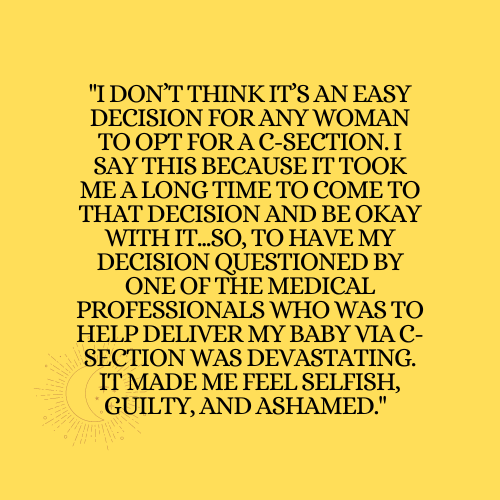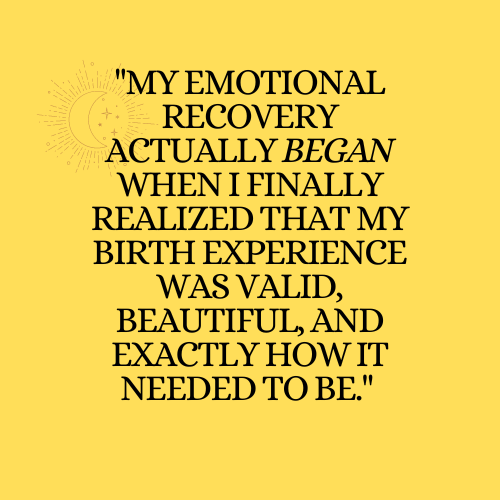Attempting to Turn My Breech Baby
At 32 weeks pregnant with my first baby, I was informed that she was breech and that I should start taking measures to try and turn her. My midwife was not overly concerned, though, as there was “still plenty of time for her to turn.”
Even though there was still time, I whipped out every trick in the book to create more space for her to turn: forward-leaning inversions off the couch mixed with yoga postures like Downward-Facing Dog and Bridge; hanging an ironing board off the couch and lying head-down feet-up; sitting on a birth ball consistently instead of a chair or couch; swimming for the first time in years; visiting a chiropractor; using moxibustion and taping rice kernels to my pinky toes because there are supposedly pressure points in the pinky toes that help with turning breech babies.
Four weeks passed and she still wouldn’t turn.
At that point, I was given two options: either schedule a C-section in place of a vaginal birth or schedule an External Cephalic Version (ECV) where a doctor would attempt to turn her so I could deliver vaginally. After weighing out the positives and negatives of both procedures, I opted for the C-section for a few reasons. First, an ECV is not always successful. Second, a baby can still revert to their breech position even if the ECV is successful. Third, an ECV can sometimes trigger early labor leading to an emergency C-section. And fourth, I had a feeling that my baby was wedged so far up in my ribs that there was no way she would turn, anyway.
I trusted my intuition and, although my midwife was totally supportive of my decision, there was one medical professional assigned to my C-section who was not.
Coping with the Social Stigma of Having a C-Section

At my pre-screening appointment, that particular medical professional questioned my decision right away and urged me to, instead, have the ECV. I don’t think it’s an easy decision for any woman to opt for a C-section. I say this because it took me a long time to come to that decision and be okay with it: I was terrified of having a spinal tap, going through major surgery, and starting the lengthy recovery. So, to have my decision questioned by one of the medical professionals who was to help deliver my baby via C-section was devastating. It made me feel selfish, guilty, and ashamed.
I felt even more guilty and ashamed when I told my friends and family about my decision. Yes, I had support from friends and family, but I also received pitying stares and comments such as “oh no” or “I’m so sorry” or “that’s too bad,” which made me feel like having a C-section was unnatural and less valid than a vaginal birth. I didn’t tell them that, of course. I just accepted those stares and comments despite how they made me feel.
Recognizing that C-Sections are No Less Valid than Vaginal Births
I’m now four weeks postpartum, post C-section, and I wish I would have told my friends and family how they made me feel while I was pregnant. I wish I would have told them that there is no “right way” to give birth to a child and that I chose to have a C-section because I felt it was the safest way to bring my baby into the world. I wish I would have told them that a C-section can be equally as beautiful of a birth experience as a vaginal delivery. I wish I would have told them that, as with a vaginal delivery, a C-section can be anxiety-inducing, difficult, and painful: the main difference is that most of the difficulties occur during labor with a vaginal delivery whereas most of the difficulties occur during the recovery period with a C-section. I wish I would have told them that a C-section is no less valid than a vaginal delivery.

At the end of the day, I got the spinal tap; I had layers and layers of skin, fat, and tissue cut open; I physically birthed my daughter from my body; I cried instantly when I saw her and held her in my arms for the first time; I received stitches and now have the smiley-shaped scar below my belly-button to prove it; and I began my long physical and emotional recovery afterward.
My emotional recovery actually began when I finally realized that my birth experience was valid, beautiful, and exactly how it needed to be.
And this isn’t just true of my own birth experience, either, but of all women’s birth experiences.